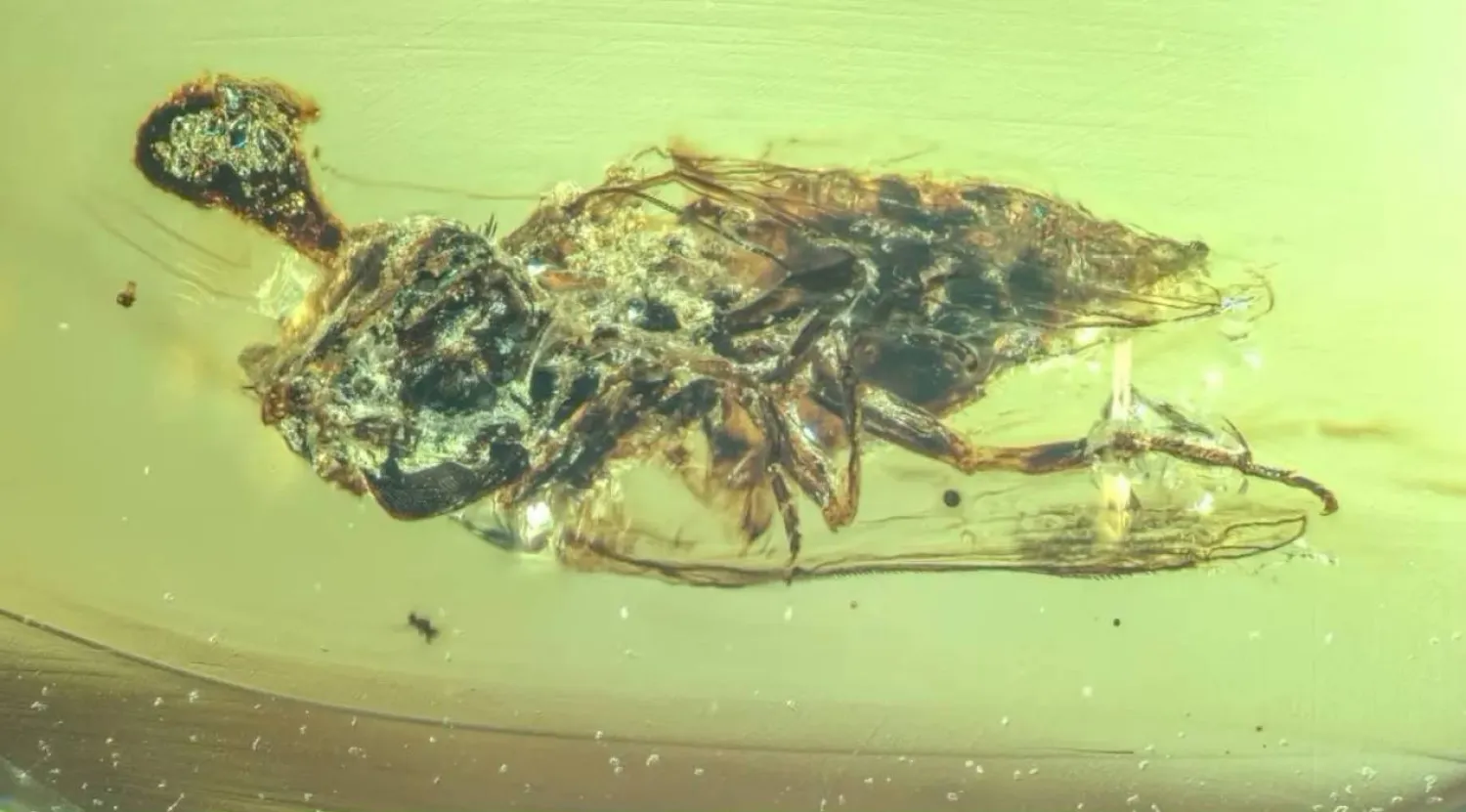Some of the most intriguing science fiction springs from eerie, real-life phenomena. Case in point, the mutant parasite in the video game series “The Last of Us,” CNN said on Monday.
Creators of the franchise, which includes a show on HBO, got the idea from a type of fungus that hijacks the brains of ants and releases a flurry of lethal spores. (Both HBO and CNN belong to the parent company Warner Bros. Discovery.)
In “The Last of Us,” the fungi can infect humans, snaking tendrils through their skin. No one can stop the spread of the disease as it spurs each host, bursting with mushroom-like fruiting bodies, to keep infecting others.
The actual fungus group Ophiocordyceps lives off a variety of insects — but the rest of the plot is pure sci-fi.
This week, a new find is shedding light on just how long mind-controlling parasites have plagued the insect world.
A glob of 99-million-year-old amber trapped a zombie fungus erupting from a fly, preserving one of the oldest examples of a fungal parasite hijacking an insect’s body before killing it. The fungus and its host likely lived alongside the dinosaurs.
The fly, as well as a second specimen of an infected ant in its cocoon, or pupal stage, shows the complexity of ancient ecosystems, in which fungal parasites could “prey on” insects, said Yuhui Zhuang, a doctoral student at the Institute of Paleontology at Yunnan University in Kunming, China.
Both amber-encased specimens could help scientists figure out whether the fungi are the ancestors of the parasites that enter the vulnerable heads of today’s carpenter ants.









